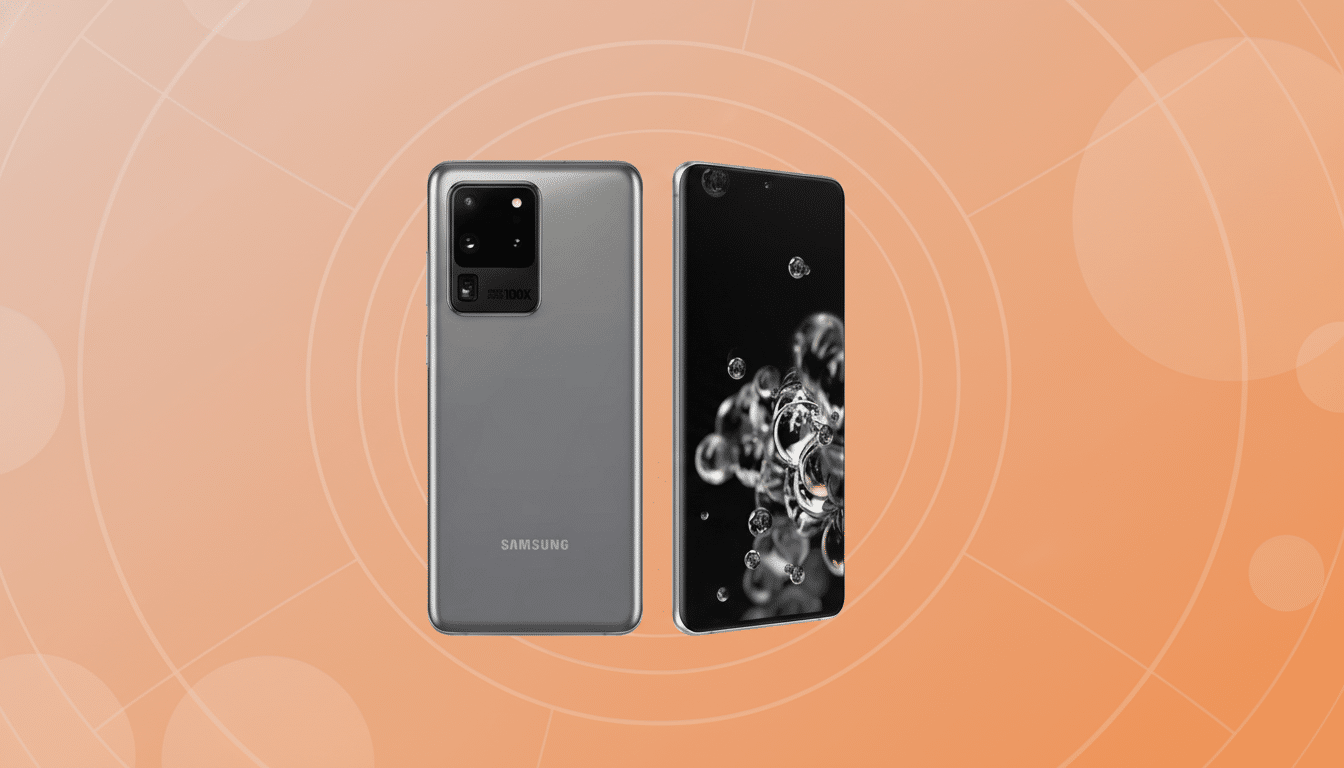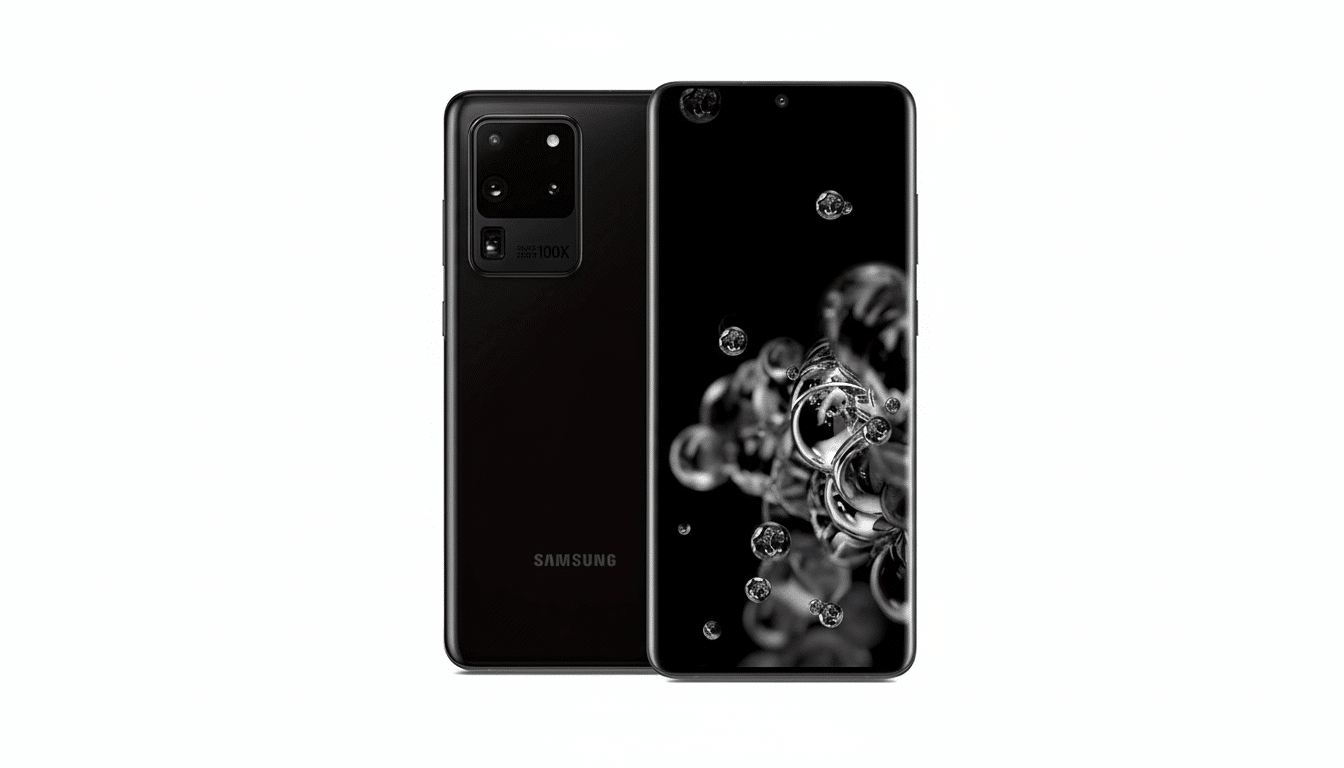A new leak indicates that Samsung’s next non-ultra flagship will simply trust old friends when it comes to camera hardware, tempering hopes for a monster imaging leap on the Galaxy S26. Firmware code, meanwhile, points to the same family of sensors we’ve seen used in recent years — although rumors also suggest a larger battery and new Exynos platform.
What the Galaxy S26 camera leak actually claims
Code strings allegedly found in One UI 8.5 refer to a quartet of sensors for the standard Galaxy S26: Samsung’s S5KGN3 in the main camera, its S5K3K1 in telephoto duty, Sony’s IMX564 ultra-wide setup, and Samsung’s sensor with model number S5K3LU for selfies. Unlike the Galaxy S20 Ultra, which packs updated telephoto optics with a periscope-style lens, a larger sensor and 100x zoom capabilities, the new tip reported on by leaker Erencan Yılmaz on X sounds very similar to what Samsung has used in several previous generations — dashing hopes of a bigger or different kind of sensor for this cycle.

The same leak also hints at a 4,300mAh battery and an Exynos 2600 chip. Assuming it’s true, meh — that’d be a decent boost over the 4,000mAh capacity you can find in some newly released base models of late (a mid-single-digit percentage or so at most), possibly translating to an hour or two more mixed use. The processor switch is even more likely anyway; Samsung’s next Exynos must introduce new ISP and AI powers, although we’re not exactly sure what.
As always with references in pre-release firmware, plans can change before mass production begins. But again, those sensor codenames line up with what we heard earlier, lending credence to the idea that the base model will deliver some measure of camera stack continuity.
Why reusing familiar camera sensors still matters
That’s not to say sticking with the same sensors necessarily dooms image quality, but it certainly does establish expectations. With premium phones, leaps are usually bigger in the form of larger sensors, better glass, or more sophisticated telephoto modules. Without those, the big improvements are tuning and computational photography.
That’s not a trivial concern. Research firms like Counterpoint Research have also found again and again that camera performance is one of the top reasons consumers decide on a premium-priced phone. (Indeed, independent lab testing — including from DxOMark itself — has generally put recent base-level Galaxy S models behind top results by ultra-premium competitors, if not too far behind and strong all-rounders overall.) Another year with the same hardware makes it more difficult to close that gap through software alone.
Competitively, Apple and Google have relied on bigger sensors, sharp tele systems and aggressive computational pipelines to lift the floor in low-light settings as well as tricky scenes with HDR. The Galaxy S lineup’s backbone has had a consistent track record, though fans waiting for a dramatic leap forward — say, a larger main sensor or an all-new periscope tele lens — may want to manage their expectations as such.
How Samsung’s software and ISP upgrades could help
There are still some substantial things you can do aside from changing sensors. Samsung’s new “ProVisual” initiatives, including smarter HDR mapping and semantic segmentation as well as more advanced noise reduction, have also demonstrably improved skin tones, highlight recovery and night shots year to year. A newer ISP inside the rumored Exynos 2600 could enable higher-quality multi-frame stacking, smarter subject isolation and cleaner video in dark scenes.

However, physics imposes limits. Small sensors have a hard time retaining texture and shadow detail at high ISOs, and telephoto reach still likes big optics. Computational tricks can spit-shine images, but they’re not the same as capturing for real all the look and depth that come from a bigger sensor and faster lens. If Samsung sticks with the same modules, the S26 would most likely bring incremental improvements rather than headline-grabbing leaps.
The strategic read on Samsung’s sensor reuse choice
There are of course good reasons to want to reuse sensors. Aging parts are reliable, more familiar to the tuning team and often attractively priced — a consideration as AI silicon, memory and connectivity sit at the top of the bill of materials. Teardown companies like TechInsights have demonstrated for many years that the app processor, memory and RF front-end are the highest-cost parts of a modern flagship; re-budgeting savings there can be strategically sensible if Samsung is driving on-device AI and efficiency.
It also fits Samsung’s product segmentation. The company typically saves its most ambitious camera hardware for the Ultra model, allowing for a base device that can rely on software while remaining light and thin. It also ushers in a big 4,300mAh battery, which could be a sign that Samsung is favoring longer-lasting and cooler operation over an even bigger camera stack this time around.
What to watch next for the base Galaxy S26 camera
With identical or similar sensors, incremental differences matter: updated lens elements or coatings, tighter OIS control, faster AF actuators and better thermal tuning can bring up your keeper rate and video stability levels.
Meanwhile, there may also be firmware-level enhancements (expanded 4K HDR capture, even better 8K stabilization or improved portrait rendering) that could have a more practical impact.
For now, the message from the leak is crystal clear: if you were betting on any sort of hardware overhaul with the base Galaxy S26 camera, do not get your hopes up. That is, unless Samsung has a trick up its sleeve at launch, wowing us all with crazy capacity — the story in this case feels like one of smarter processing and newer chipset technology and a tiny boost to battery size on an already impressive smartphone — it’s clearly refinement that excites us more than total redefinition.

